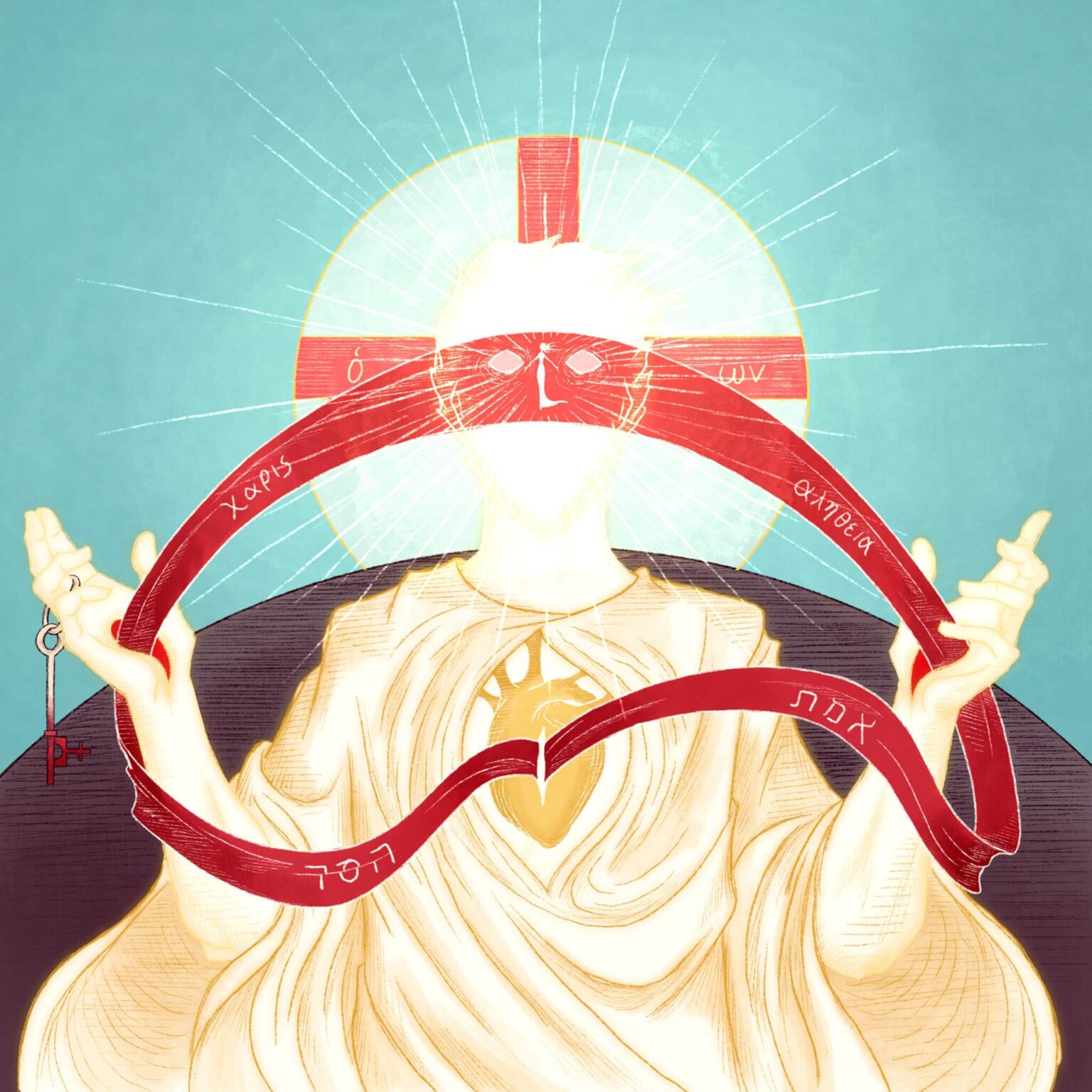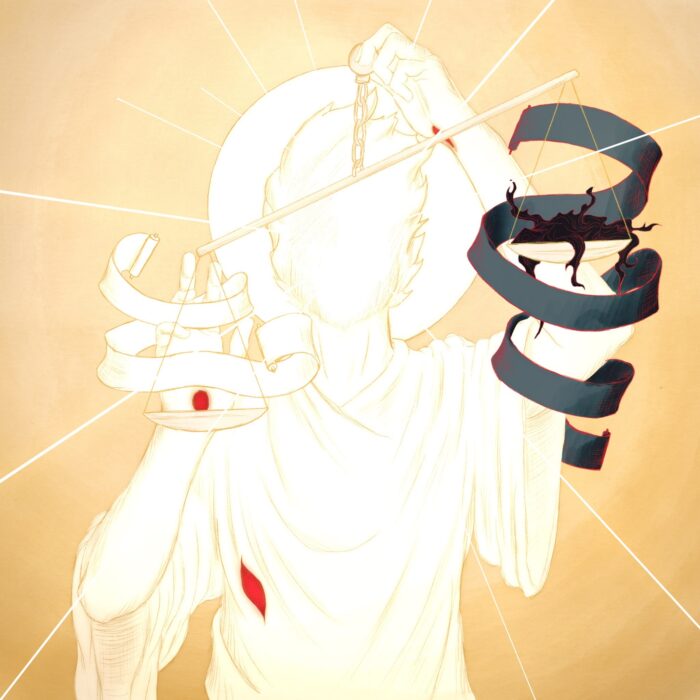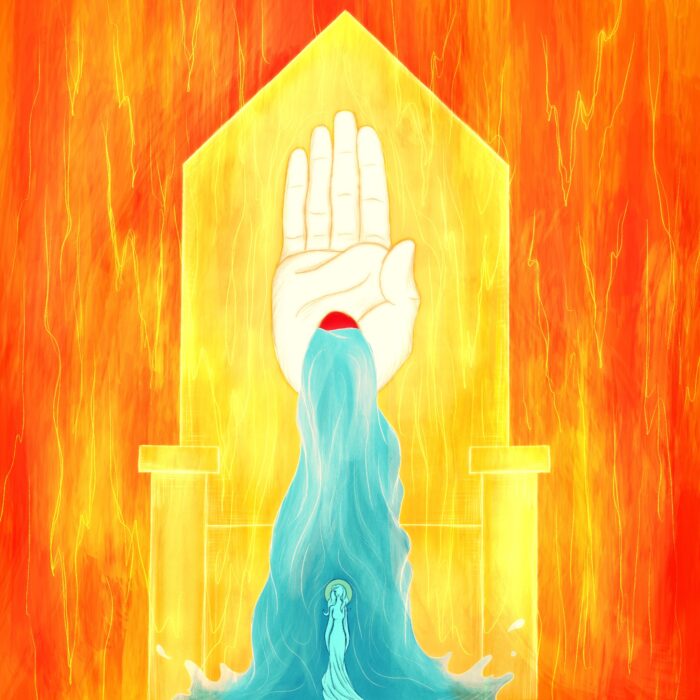Rev. 1:17-18, “Fear not, I am the first and the last, and the living one, and I died, and behold, I am alive unto the ages of the ages, and I have the key of Death and of Hades.”
What is John not to fear? The immediate context suggests fear of obliteration before the majesty of the Lord’s holiness; fear of judgment. It would seem that John, beholding this vision of the risen Christ, is overwhelmed by his unworthiness and—like Isaiah before Him—falls down and considers his life to be forfeit.
Now, notice that, in a sense, all fears are present in John’s fear here. How? Well, if it can be argued that all fear stems from a fear of final judgment, of final exile, of—in the end—being cast out (ie, from fear of judgment, 1 Jn 4:18), then is John’s fear here not something along the same lines? He sees the majesty of God in His vision of Christ and—it would seem—knows himself to be unable to stand before it…John knows, in this moment, that he could be trampled under Christ’s feet of molten bronze and cast from the presence of God…He falls before the feet of divine judgment (molten in the furnace of holy wrath) as though dead.
Therefore, 1) because John’s fear seems to be a fearful recognition of his own final inadequacy and so—in a sense—a fear of judgment, and 2) because the fear beneath all fears is ultimately fear of judgment (of final sorrow), then when Jesus speaks His “fear not” into this situation, He is speaking “fear not” into every fearful situation. He is not merely assuaging John’s immediate fear, but every fear John could ever face (since all fears stem from the great—albeit often unexpressed—fear of being on the “wrong side” of God), and indeed, every fear the Church could ever face. The vision of Christ brings John (and all those reading his book) to the bleeding edge of oblivion, to the crest of the wave of divine judgment, to the precipice of the consuming fire of holy love. Thus, when Jesus speaks His fear not into that place, He speaks His fear not into all fears…..
And what is the ground of this decisive, definitive, and universal “fear not”? It is the person of the crucified and risen Jesus Christ Himself.
So, in this image I’ve tried to portray the crucified Jesus who is risen as being Himself the ground and medium of the “fear not” spoken in these verses….a few, but not all, aspects of this are as follows:
Christ is the first and last as I tried to show by the banner flowing from His heart, through His hands, and back to His heart. This shows that ALL THINGS flow from the heart of God (as we know Him in Christ) are ordered and defined by God (according to the revelation of the character of His sovereign rule manifest at the cross, which is why the banner is red and passes through Christ’s hands), and return in the end to God in perfect accord with His will (thus, everything returning to the heart of Christ). Because all things are from and for and sustained in the slain and risen Jesus (Col.1:15-20), the banner of history is here emblazoned with the character of YHWH as He declares Himself on Sinai (steadfast love and faithfulness) and climactically on Calvary (grace and truth)…..As First and Last, Christ determines and defines all things for His people.
That Christ died and now lives forevermore is depicted in the visual allusion to the open tomb created by the dark tomb stone and the circle of Christ’s halo. Because He has passed through the suffering of death and now lives as the one who died, the Living Christ is able to meet and speak invincible hope to His people in their sufferings.
The crucified and risen Jesus is depicted as holding the keys of death and hades which reminds His people that He alone commands the destiny of all souls, and will command them in accordance with His character.
Finally, see that the Church—represented as a bride in white—stands in the center of the vision. She is seen and known by her Lord, her history—past, present, and future—is defined by His Gospel-revealed character, and she belongs unchangeably to Him. Therefore, because of who He is, she need not fear.




